Topping Cannabis Plants – Why, When, and How?
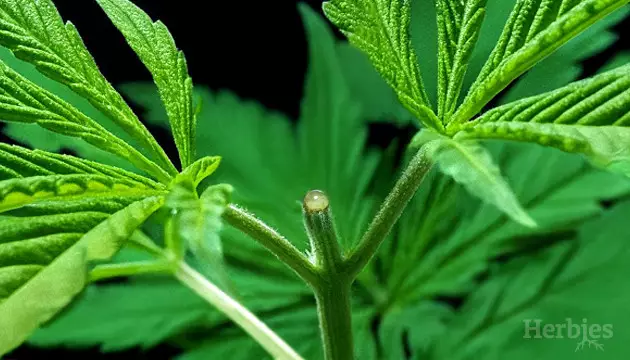
Topping is one of the basic cannabis training techniques that's super easy to do and really effective. Basically, it just means snipping off the top of the plant during the early growth stages. First off, it keeps the cannabis from growing too tall, making it more bushy instead. Plus, it helps the plant get better access to light without any hassle. As a result, growers end up with more awesome, resin-packed buds. Read on to find out how and when to top your cannabis plants right!
What Is Topping?
Cannabis has come a long way, adapting to all sorts of weather – droughts, cold, wind, and humidity. In the wild, these plants grow in a way that makes sure all their branches and flowers get as much sunlight as possible as the sun moves. But indoors, there's a bit of a hiccup: the lights are usually fixed in one spot, so only the top of the plant gets the light, leaving the lower branches in the dark.
Topping was invented to deal with this problem, which just means snipping off the top portion of the plant to help it grow outwards instead. This isn’t a new trick; farmers have been using it for ages to boost their yields. In tight spaces, topping helps keep the plants from growing too tall and spreads the energy out to the side branches. From our experience, it can bump up yields by 30% or more.
Why Top a Cannabis Plant?
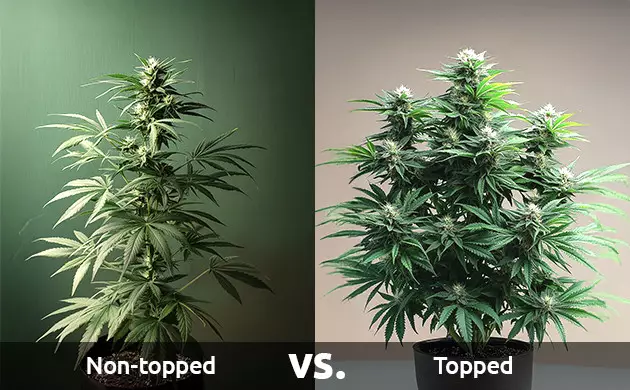
Most cannabis plants naturally grow in a cone shape. At the top, you’ve got a big, beautiful flower cluster, but the lower branches aren’t as impressive in size or bud quality. They get less light, don’t grow as well, and have lower levels of psychoactive THC. But topping changes the game. When you use this technique, those lower branches start stretching out more, catching up to the top ones, and end up growing at the same level, creating big, resinous buds.
Cannabis is just a regular plant, and like all plants, it needs light for its leaves to do photosynthesis and grow and bloom well. Topping helps the plant to grow laterally instead of growing vertically, which gives them more surface area for effective photosynthesis. This means the plant gets more energy for rapid growth and bud formation during the flowering stage.
Potential Benefits of Topping
Like we said before, topping your cannabis is helpful when you do it right. Here’s a quick rundown of the main perks of this technique:
- Boosting yields. Snipping off the top of the plant redirects its energy to grow more side branches, which means more spots for flowers to pop up. More branches equal more blooms, leading to a bigger harvest.
- Better light penetration. Topping helps create a nice, even canopy, allowing light to reach deeper and shine on the lower branches, which helps them grow better.
- Improved air circulation. Keeping things open lets air flow better, which means more oxygen for the plant and helps keep mold and fungi at bay, making your harvest healthier and higher quality.
So, topping not only boosts cannabis productivity but also makes it stronger, allows more light in, and overall keeps it healthier.
Potential Drawbacks of Topping
Before attempting to top plants, it's important to keep in mind that messing it up can lead to some issues:
- Growth slowdown. If you don’t trim right, it can really hold back your plant's growth, making it harder for it to focus energy on new shoots. When you do it correctly, you end up with smaller buds, and overall, you can get a bigger harvest than you would have otherwise.
- Leaf damage. Messing up the topping can hurt the leaves, making it harder for the plant to do its thing with photosynthesis and slowing down its growth.
- Stress. Any kind of trimming puts stress on the plant. A little stress can be good, but too much can really mess things up.
In the end, it’s totally up to you whether to go for topping or not. Just make sure to do your homework on the technique and weigh the pros and cons before diving in.
When to Top Cannabis Plants?
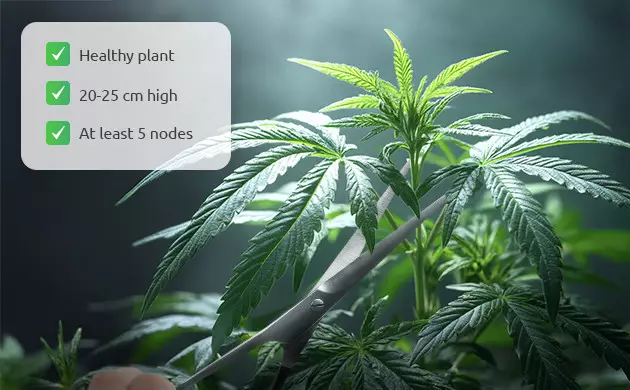
The best time to top your plants is during the vegetative stage, which usually lasts about 3-6 weeks after they sprout. At this point, the plants are growing strong but haven’t started flowering yet. If you’re growing cannabis outside, timing will depend more on the season and weather.
Getting the right growing conditions before you top the plant is crucial. The main things to keep an eye on are the light and how you water it. Before you top, make sure your plant has fully bounced back from any stress it might have gone through, like being transplanted or dealing with an unfavorable environment.
What Kind of Weed Plants Can’t Be Topped?
Any photoperiod cannabis strains are great candidates for topping, as long as they're in good shape. If you try to trim a sick plant that's already stressed out, it could freak out and go into shock, which might be too much for it to handle. The plant could stop growing or even die, so it's important to make sure your plants are feeling good and aren't lacking nutrients or dealing with any other stress before you start training them.
Now, let's consider topping autoflowers. This type of weed has a pretty short growing period. If you top them, it can stress the plants out and waste valuable time they could be using to grow and sprout new branches. Topping autoflower strains makes sense if you’re working with really low grow boxes and need to maximize every inch of vertical space. But don’t expect it to boost the number of buds.
How to Top Marijuana Plants
Now that we’ve got the theory down, it’s time to dive into the actual topping technique. All you need are some sharp scissors or pruning shears.
Just a quick reminder: make sure your hands and tools are disinfected before you start any cutting on the plants. Open cuts can let in all sorts of bacteria and viruses, so to keep your plants healthy, definitely wipe down your hands and tools with some alcohol or another disinfectant. And don’t forget, your cutting tool should be nice and sharp. A dull pruner makes a messy cut that takes forever to heal and won’t give you the results you’re looking for.
If you’re dealing with young plants that are still pretty small, it’s quite easy – just wait until they have about 4-5 nodes and then make a nice, clean cut a few millimeters above the last node. But if you’re topping a bit later when the plant is more developed and has a bunch of side branches, you need to take a different approach. Here’s what to do:
- First off, get rid of those big branches. It's important to chop those off because it’ll give you room to do some more detailed trimming later on. If you want your weed plants to grow healthy, always take out the lower branches. As the plants grow, those lower ones won’t get enough sunlight and won’t be able to produce nice, chunky buds.
- Cut off the branches in the middle of the plants. Over time, the leaves and shoots in the center get all shaded out. Just like the lower branches, they won’t really be able to grow good buds, so it’s a smart move to get rid of them early on. This way, they won’t be hogging the plant’s energy and resources.
- Cut off the dead branches. If you spot any dried-up or dead spots on your plant, just snip them off right away. They’re not doing any good and are just a hassle for your cannabis, adding extra shade.
- Keep an eye on how things are going. Pruning can really stress out your plants. Your cannabis might take a few days or even weeks to bounce back and fully recover after you trim the top. Just make sure it's chilling in a comfy growing environment and isn't running low on light, water, or nutrients during this time.
If you do everything right, after a while, instead of just one tall cola, you’ll end up with multiple colas that will grow and form flowers like the main one. The whole plant will get bushier, and the side branches will start catching up to the top, creating a nice, even canopy.
Cannabis Topping Mistakes
To avoid screw-ups and get the best results, you need to keep a few key things in mind, namely: the plant's health, the right timing for the procedure, and the quality of the soil. Here are some common mistakes people make when topping cannabis:
- Topping too early. Cutting the plant before it has enough leaves can slow down cannabis growth and weaken it.
- Topping during flowering. Doing this while the plant is blooming is a big no-go since it's focusing all its energy on making buds. Snipping it at this stage can really hurt your yield.
- Cutting too low. If you cut too close to the base of the stem, it can stunt growth or even damage the plant, messing with its ability to keep growing.
- Neglecting plant health. Before you start topping, you need to check how your plant is doing. Even if it has eight nodes, a weak or poorly lit plant isn’t ready for that kind of stress. It should be strong, with a growing main stem and steady growth.
- Unprepared soil. Topping involves a bit of a shock for the plant, so make sure the soil is in great condition afterward. It’s important to give your plant enough nutrients, especially nitrogen, which helps with side growth. Good nutrition and healthy soil will help your plant bounce back faster and kickstart new lateral growth.
Getting ready right and dodging these mistakes will help you top your plant effectively without harming it.
FAQ
In this section, we’ve gathered up answers to the most frequently asked questions about cannabis topping to help you learn more about this plant training technique.
How many nodes should there be before topping?
Cannabis nodes are basically those spots on the main stem where a side branch pops out. The best time to top is after you see the 6th node. At this point, your plant usually has 5 fully formed nodes, and the 6th one is still reaching up. Typically, it takes about 4 to 5 weeks from when the seeds sprout to get to this stage.
When is it too late to top weed plants?
Once the plant starts flowering, topping is a missed chance. At that point, the plant's energy is all about making buds, and messing with it can hurt your yield. The sweet spot for topping is around 2 to 4 weeks into the vegetative phase.
Can I top my cannabis plants twice?
In some cases, you can top cannabis plants more than once. Just make sure to let the plant bounce back fully after the first topping before you go for round two, especially if the first cut wasn’t perfect or you think it could’ve been better. Depending on the strain and how you’re growing it, this usually takes about 1 to 2 weeks.
What’s the difference between topping and fimming?
Fimming (or FIM-cutting) is a less intense method where you don’t cut off the top completely; you leave about 10-30% of it. The results can vary based on the strain and how well you make the cut. Ideally, you can get around 4 to 6 new tops, which might not grow as symmetrically as with topping, but they’ll still boost your yield.
Topping is basically when you chop off the top part of a plant right above where the leaves come out. This little trick encourages the plant to grow sideways instead of just shooting up, which helps spread out its energy and boosts the overall yield.
Final Thoughts
To wrap it up, figuring out how and when to top cannabis plants is a mix of science and gut feeling. When you do it right, you’ll boost your yield, change up how your plant grows, and set yourself up for a great harvest. Just keep in mind the timing, conditions, and tools you’re using. Your plants will reward you with a hefty harvest, showing off your topping skills!
Herbies Head Shop expressly refuses to support the use, production, or supply of illegal substances. For more details read our Legal Disclaimer.

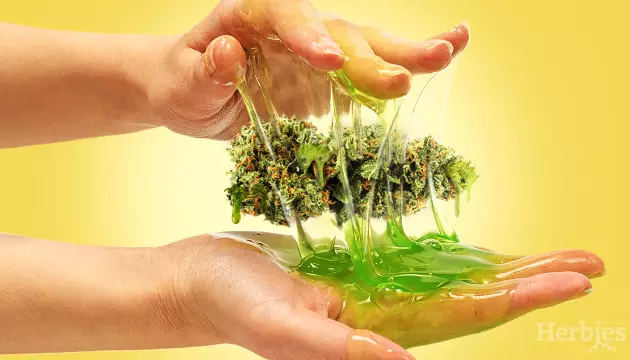



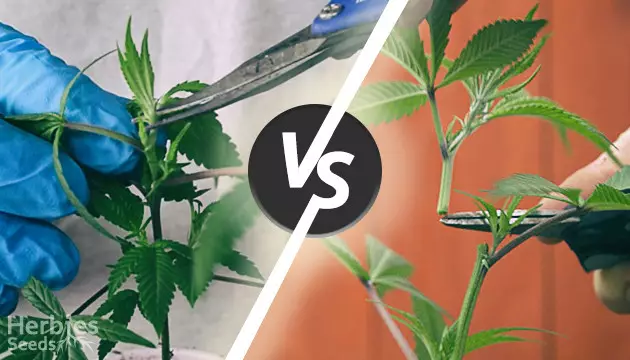


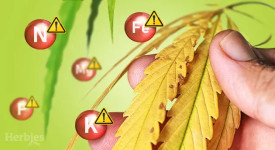

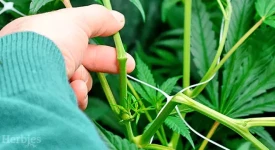
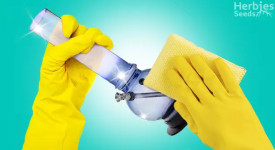
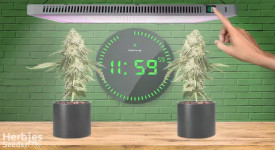
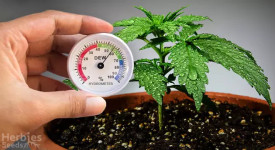

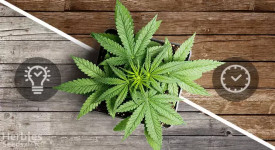
Thank you for leaving a comment for us!
Your feedback will be posted shortly after our moderator checks it.
Please note that we don’t publish reviews that: